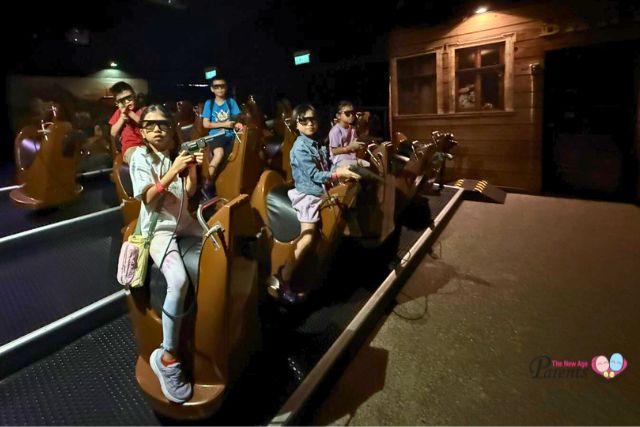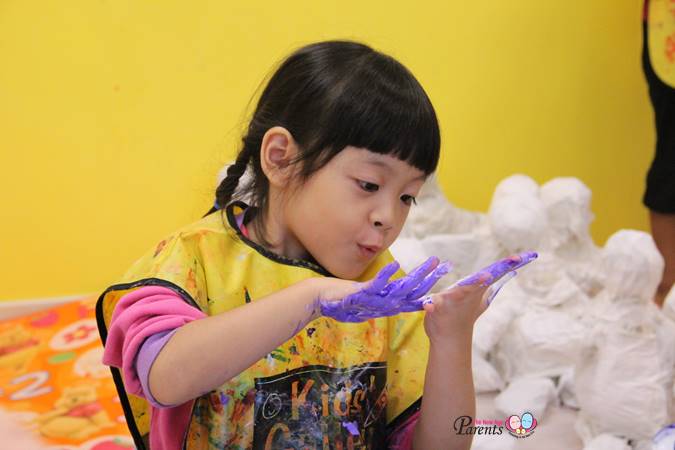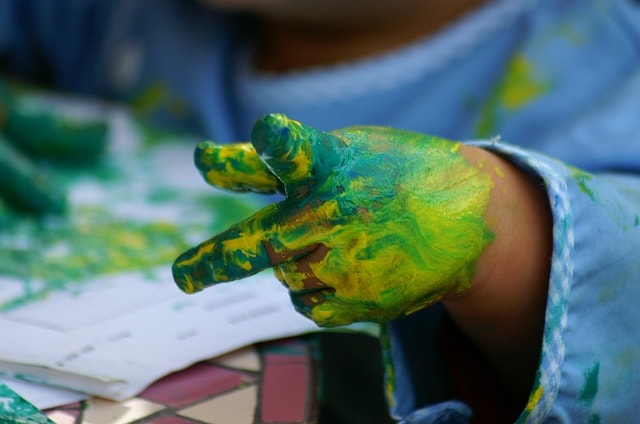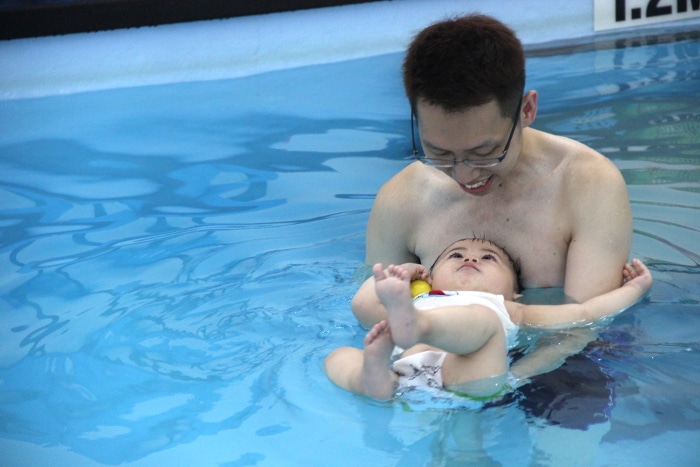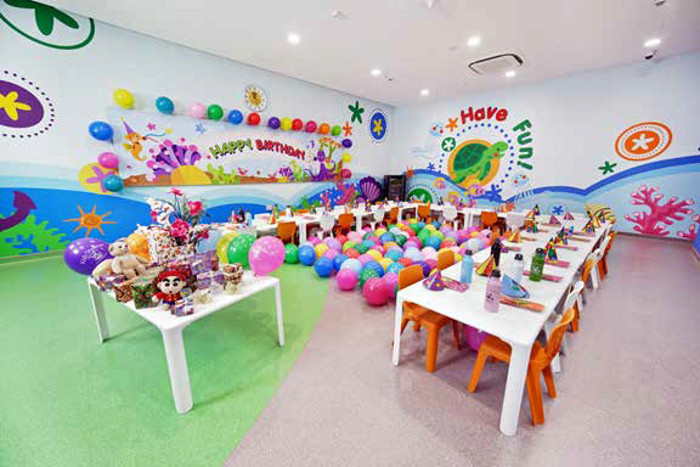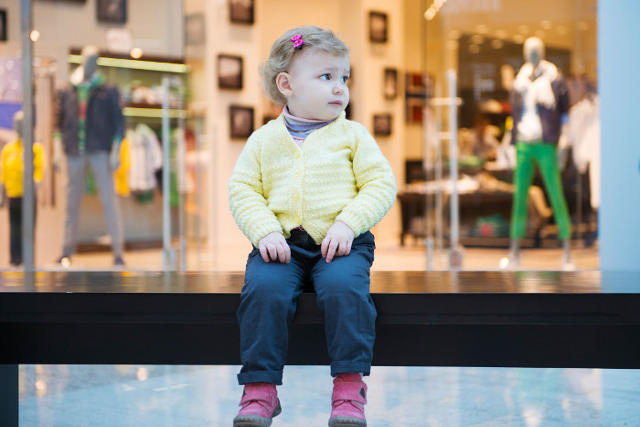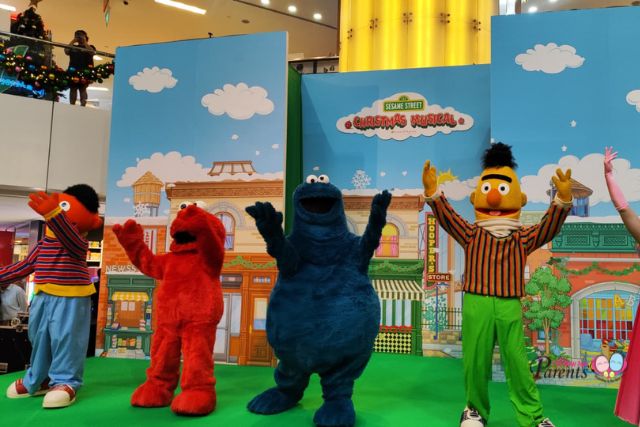I love the idea that there are no fixed rules for teaching children art. There is flexibility in its learning approaches. Through my eight years, I have noticed that children fall into five basic categories. This does not imply that the children express their views through one vessel. They don’t. They are simply stronger in their preferred vessel. The corresponding learning approaches can be used to play out their strength.
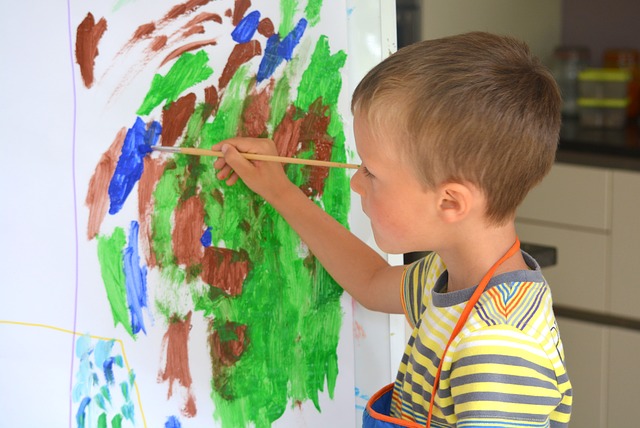
- Those who love to draw, they tend to lean towards comics and manga etc. Their minds are filled with endless stories they are waiting to share.
- Those who love to color, they tend to lean towards still-life composition better and water-colour paintings.
- Those who love to paint, they tend to lean towards strong strokes and vibrant colours. Most time, they prefer not to draw rather they paint with a lot of improvisation for they pick forms and details through light and shadow.
- Those who love to work with their hands, they create three-dimensional pieces from clay, wire, fabric and paper. Examples of end products would be a pot, a free from sculpture, a doll or an origami ornament.
- Those who love to snap images, they tend to have a stronger eye for details and they pick up little things we (including myself) often miss.
For any child who is learning art, I strongly encourage him or her to learn to how paint first. The reasons are simple, besides being the easiest / fun medium to acquire a skill, painting improves
- Hand-eye coordination: filling in shapes or direction of strokes.
- Dexterity: application of weight and pressure to paint brush.
- Judgement: paint and water ration at the tip of the brush.
Accepting and overcoming mistakes made on top of problem-solving are two plus points that are critical in art. Painting greatly reduces the need to erase, and this in turn, increases the child’s confidence and the I-can-do-it spirit. When a child realises his mistake, he could paint over the area after the surface of the paper is dried.

Case Study: Using Paint to Create a Composition
Philip, aged 6, loves anything and everything about the ocean. He has a wealth of ideas and has a great eye for colour. His drawing was done fairly well for he was able to capture the shape and essence of the story he wants to convey. Each time he starts to fill in his colours, the composition would end up with dots, splashes or strokes of colours. There were two reasons why his works often turned out the way they did.
- The scale of his drawings were small. It did not provide enough surface area for colours.
- The lines within his drawing were not connected well. This means that when he started to fill in the colours, he was not always able to associate with the subject.
To improve his pieces, we started to have him create his art on a larger piece of paper. We taped two sheets of drawing paper together. The fun part was when we taped the shorter sides together, we created a long or tall composition. This fuelled his ideas even more!
Next, we provided him with a range of colours, always keeping black as the last shade to apply. We gave him a size ‘2’ round-tip paintbrush and a size ‘4’ flat-tip paintbrush. He would fill or stack shapes of colours. There will also be prompts, reminding him to connect the lines drawn. This proved to be helpful as slowly but surely, he began to understand the concept of time management and the nature of paint. He would wait for the surface to dry before applying another shade or he will consecutively paint two-three colours to create some form of texture.
To ensure the skill set will be applied throughout, we alternate two-three paintings or colouring projects with one drawing project. A timeframe was set for each project. This meant he was able to return to work on the project for up to three sessions.
Contributed by Teacher Ranae’s Art Workshop.
* * * * *
Like what you see here? Get parenting tips and stories straight to your inbox! Join our mailing list here.
Running a service or business targeted for parents? Reach out to a wider audience in our Art Classes for Kids compilation. Leave your contact details here and we will get in touch with you.




















